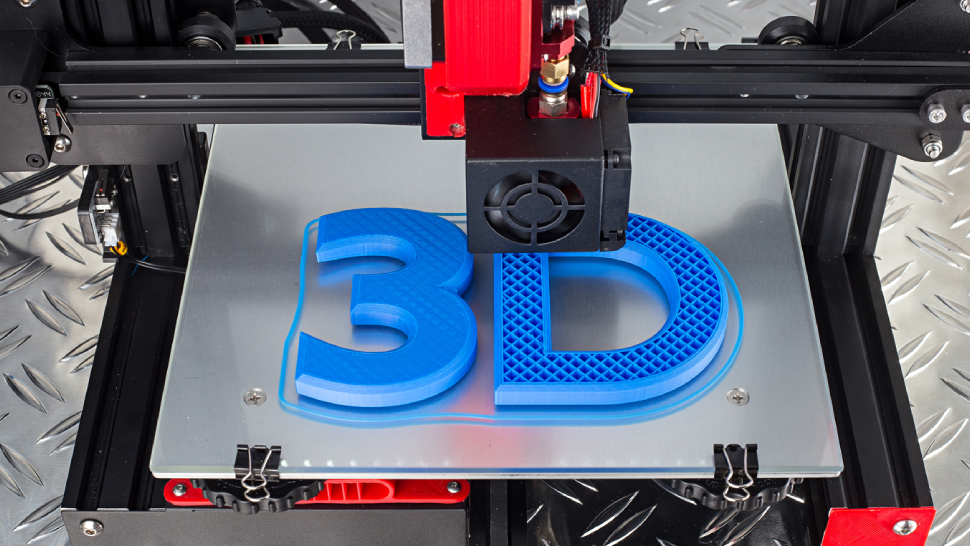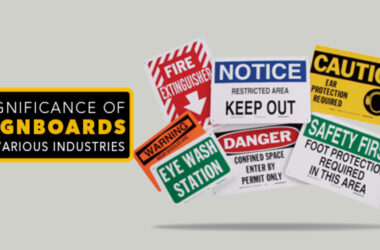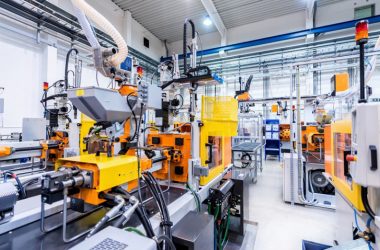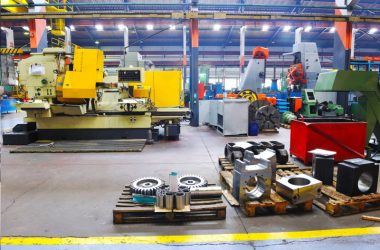What Is Injection Molding?
There are many manufacturing technologies available these days for making plastic parts. All machines used by injection molding manufacturers in India are highly useful and offer many advantages. Also, around the world machines like CNC, injection presses and 3D printers are cutting and creating plastic into new usable parts. Injection molding is a manufacturing process of making metal molds by injecting liquid plastic. This is one of the majorly used processes by injection molding companies for making plastic parts. However, other alternatives for this process, such as FDM 3D printing and vacuum casting, offer different advantages and give great flexibility to the manufacturers and designers. Sometimes certain projects may need an injection molding process, and others opt for 3D printing.
There are certain instances where manufacturers use different technologies in different manufacturing stages. For example, prototyping is always preferred for 3D printing as it is quite simple and incurs low startup costs. Injection molding, on the other hand, is for the production of parts in huge volumes. One technology takes care of the research and development while the other concentrates on production. So how can you move a 3D print prototype to injection molding efficiently? Let us have a look at the factors that need to be considered.
Things To Consider While Moving 3D Print To Injection Molding
Here are some important factors one needs to consider before moving the 3D print to injection molding.
- Design For Injection Molding
If creating a 3D printed prototype is your immediate priority, the first instinct will be to make a best-printed part by applying design for manufacturing (DFM) rules to 3D printing processes. However, if you intend to move to injection molding, the 3D printed prototypes should be designed to be printable and moldable. This means the injection molding design principles must be followed even during the 3D printing stages. Overhangs must be avoided, draft angles must be included, and the sharp corners need to be rounded. The complex infill patterns must be abandoned as the mold can’t replicate them. When you design for injection molding from the beginning, it can help in reducing the need for any drastic changes before and during production, and it also helps in a smooth transition from process to process.

- Print With Production Materials
One cannot term a prototype as useful just because it gives high performance. A prototype can be said useful when it represents the end-use part, i.e., strengths and weaknesses. Injection molding is a flexible process that includes varieties of plastics in huge volumes. However, 3D printing is quite limited when it comes to the materials available. It is quite important to choose the right material for 3D printing that matches the material used in the production. Some molding materials are not quite easy to 3D print, and it needs extra time through post-processing.
- Polish Prototypes
It is important to make prototypes for mechanical or aesthetic parts with a surface finish that can represent the finish of the end product. As the mechanical parts need to have certain friction or smoothness, a prototype with a different texture is not useful. But with the help of surface finishing treatments, the 3D printed prototype’s exterior can be transformed. The surface roughness can be reduced with a professional polish that helps in producing a great shine. As a result, the 3D print part will look and feel like a professionally molded part.
- Go Beyond FDM
Fused Deposition Modeling or FDM 3D printers are quite famous for prototyping. It because they are cheap, compatible with various plastic filaments, easy to use, etc. The FDM 3D printing parts are quite different from molded parts. Since the surface finish and the structural composition do not look similar, it isn’t easy to transform an FDM 3D print prototype into a molded component. However, there are many alternatives to FDM, and they also produce high-quality mold parts. For example, Polyjet 3D printers can produce parts with smooth surfaces and tight tolerances.
It might be a difficult task to move 3D printing to injection molding. However, the best way to transition smoothly between the two will be to discuss the transition with an expert. Know More





